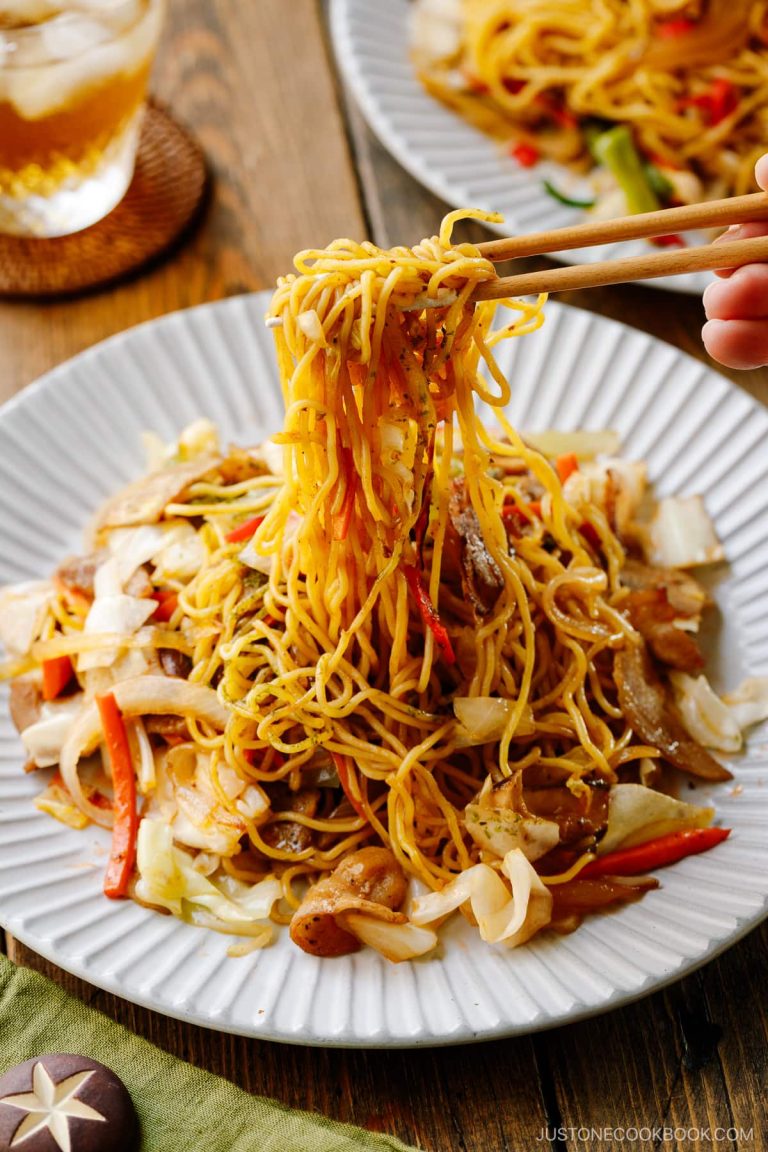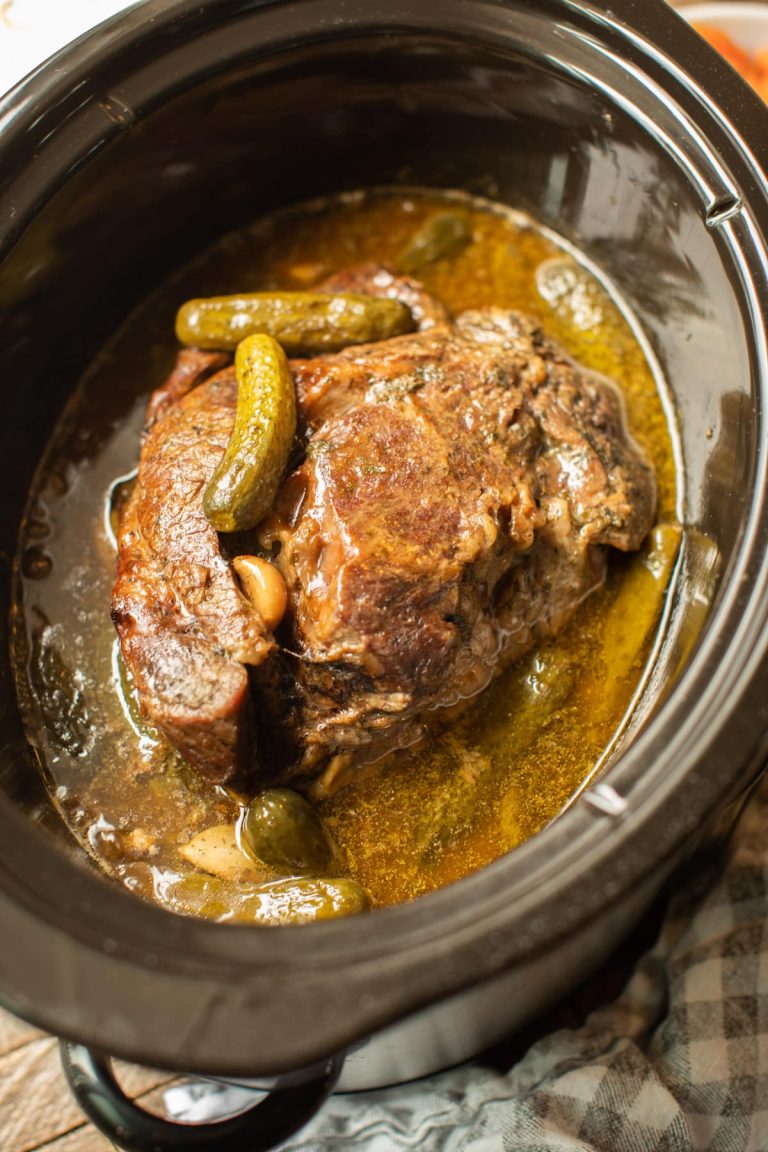Roasted Rabbit: History, Recipes, and Cooking Tips
Slow roasted rabbit has deep historical roots. Ancient civilizations such as the Romans and Greeks practiced roasting rabbit to create nourishing meals. In Medieval Europe, rabbit dishes became status symbols, enjoyed by nobility during feasts. Rabbits were easy to breed, making them a staple protein source in times of scarcity.
Culinary Delights Across Cultures
Rabbit is prized in various cuisines. In France, chefs use mustard and herbs to create Lapin à la Moutarde. Italy features rabbit in stews like Coniglio alla Cacciatora. In Spain, Paella Valenciana often includes rabbit alongside other meats. Each culture’s distinct approach highlights the versatility and rich flavors of rabbit.
The Basics of Slow Roasting Rabbit
Choosing the Right Rabbit
Selecting the right rabbit is crucial. Opt for farm-raised rabbits for consistent size and tenderness. Wild rabbits have a gamey taste, which some might prefer. Ensure the rabbit weighs between 2 to 3 pounds for optimal slow roasting. Check for clear eyes and a fresh scent to guarantee quality meat.
Preparing the Rabbit for Roasting
Proper preparation enhances flavor. First, rinse and pat the rabbit dry. If using a whole rabbit, consider trussing it for even cooking. Season generously with salt, pepper, and herbs like rosemary or thyme. For extra moisture, marinate the rabbit for several hours in olive oil, garlic, and white wine. Ensure the oven is preheated to a stable temperature, typically around 300°F, before placing the rabbit inside.
Step-by-Step Guide to Slow Roasting Rabbit
Marination and Seasoning
Marinate rabbit for at least 4 hours to enhance flavors. Use a blend of olive oil, minced garlic, and white wine as the base. Add herbs like rosemary, thyme, and bay leaves for aromatic notes. Ensure rabbit pieces are evenly coated.
Sprinkle sea salt and cracked black pepper over the rabbit. This helps in flavor absorption during roasting. If desired, add a teaspoon of paprika for a smoky undertone.
Roasting Techniques and Times
Slow roast the rabbit at 300°F to ensure tenderness and even cooking. Place rabbit pieces on a roasting rack in a preheated oven. This allows heat circulation around the meat.
Roast for 1.5 to 2 hours, depending on size. Monitor internal temperature—it should reach 160°F. Baste rabbit with the marinade every 30 minutes for moistness.
Let the rabbit rest for 10 minutes before serving. This helps juices redistribute, enhancing flavor and texture.
Essential Tips for Perfect Slow Roasted Rabbit
Managing Temperature and Moisture
Maintaining the right temperature and moisture ensures rabbit stays tender and flavorful. Roast the rabbit at 300°F to break down connective tissues, leading to tender meat. Roast for 1.5 to 2 hours and avoid opening the oven door frequently, as this can cause moisture loss. Baste the rabbit every 30 minutes to maintain moisture and enhance flavor. Use a meat thermometer to check the internal temperature, which should reach 160°F. Let the rabbit rest for 10 minutes after removing it from the oven. This allows juices to redistribute, resulting in a juicier dish.
Flavor Enhancements and Side Dishes
Enhance the rabbit’s flavor using a variety of herbs and spices. Marinate with olive oil, garlic, rosemary, thyme, and white wine. Season with salt, pepper, and paprika before roasting. Experiment with additional flavorings like lemon zest or fennel seeds for a unique taste. Serve the rabbit with complementary side dishes like roasted vegetables, mashed potatoes, or a fresh salad. Pair with a full-bodied red wine to elevate the dining experience. Remember, well-chosen sides and seasonings can transform slow roasted rabbit into a culinary masterpiece.
Conclusion
Mastering slow roasted rabbit opens up a world of culinary delight. With its rich history and diverse cultural recipes, you’ll impress any guest with this flavorful dish. By choosing farm-raised rabbits and using a well-balanced marinade, you ensure tenderness and depth of flavor. Proper temperature and moisture control are key to achieving the perfect roast. Complement your rabbit with the right side dishes and wine pairings to elevate the dining experience. Embrace the art of slow roasting rabbit and enjoy a meal that’s both sophisticated and satisfying.






